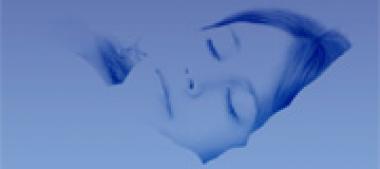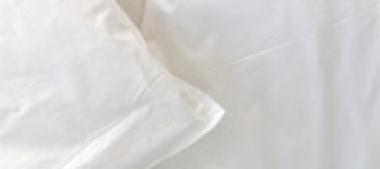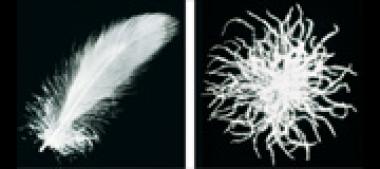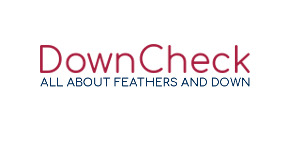What feather- and down blends are suitable for pillows?
A filling material suited for pillows should be able to support the head and possibly the upper part of the body for any length of time (cushioning) while asleep.
Therefore blends consisting of down and feathers are favourable, but more and more people prefer a soft down pillow.
Pillows with several compartments containing down or feathers are very popular as well. The feathers have a supporting function and the down filling ensures a comfortable feeling during the sleep.

















